Ultrasonic Pulse Velocity
Ultrasonic Pulse Velocity (UPV) testing is used to determine the integrity and quality of structural concrete or stone (up to 6 feet thick) by measuring the speed and attenuation of an ultrasonic wave passing through the element being tested. Areas with lower velocities typically have lower density and strength relative to high velocity areas. Data collected along multiple test paths can be used to create tomographic images of defects.
- Identify voiding, honeycombing, cracking and other defects
- Identify areas of low-quality concrete
- Define the size and shape of a defect by using multiple test paths
- Two-sided access required for direct-path testing
- Test around corners when complex geometry precludes direct-path testing, such as at beam intersections
- Test across a surface for surface-opening crack depth measurements
Sonic Pulse Velocity (SPV) testing is used at lower frequencies for distances greater than 6 feet, such as large columns, beams, and dams.
- Test concrete, stone, or wood members up to 25 feet thick
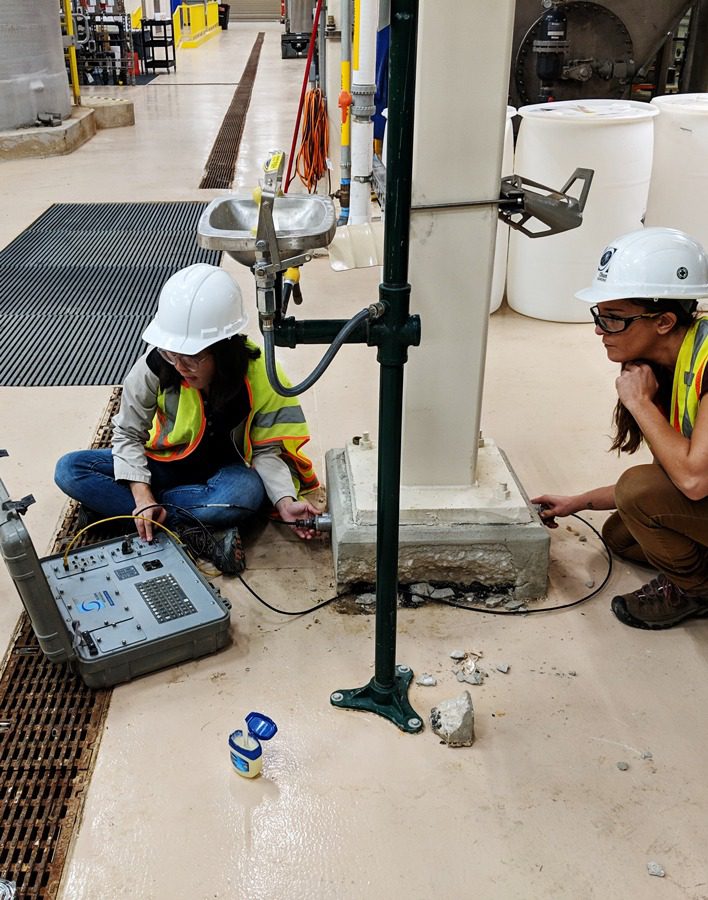
Applicable On:
Elevated Slabs
Columns
Beams
Dams
Members with Two-Sided Access
Test For:
Voids
Honeycomb
Cracks
Delaminations
Strength of Early Age Concrete
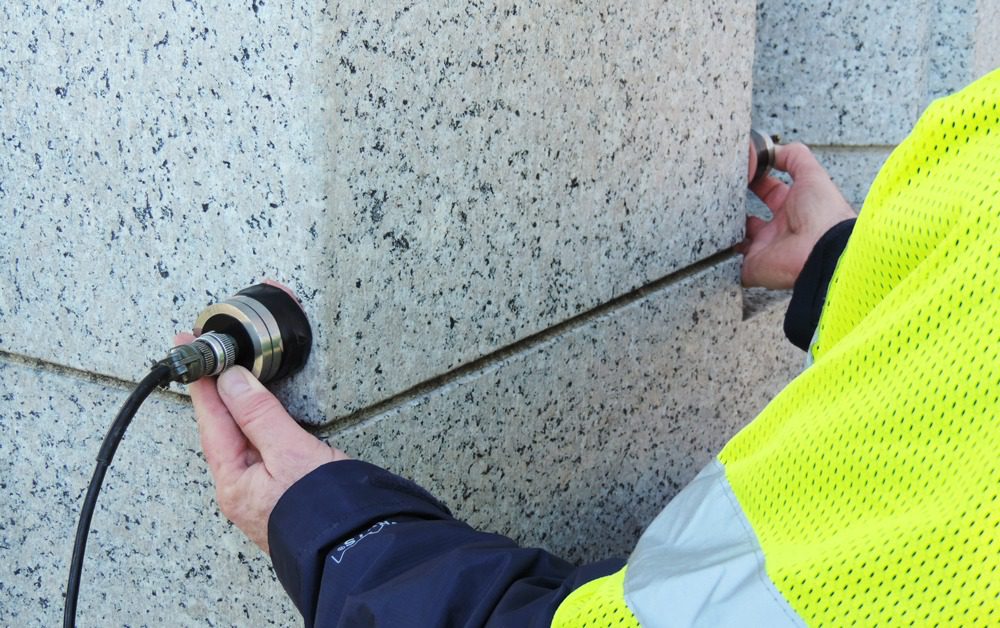
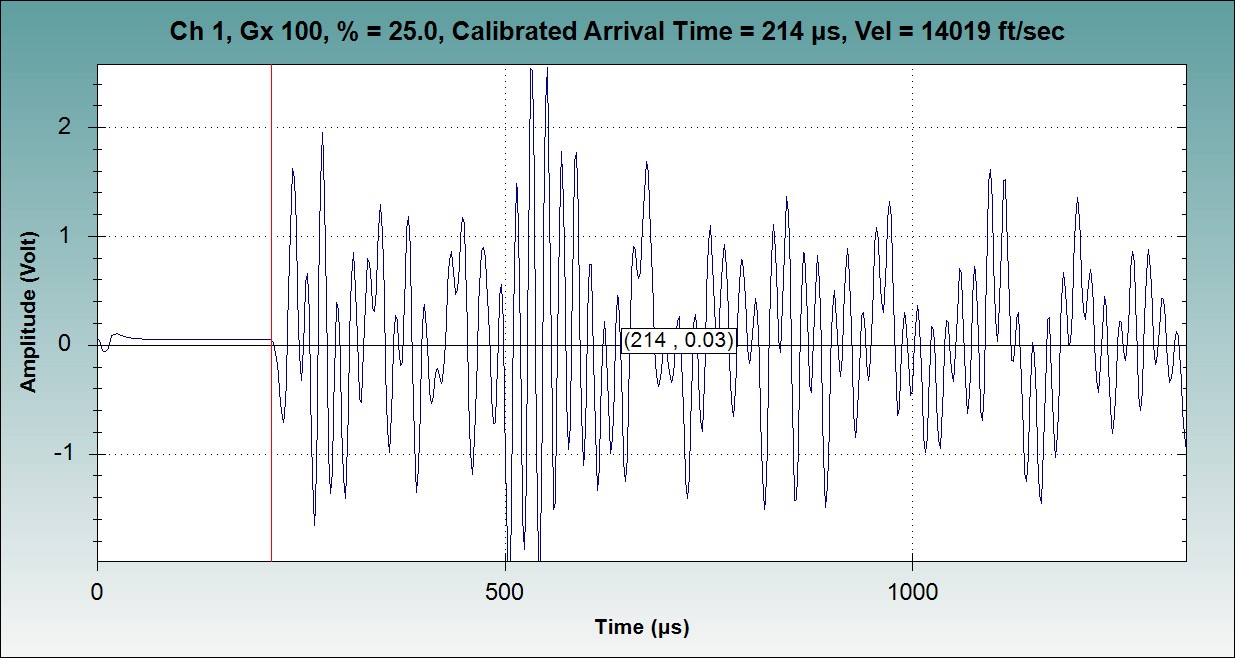
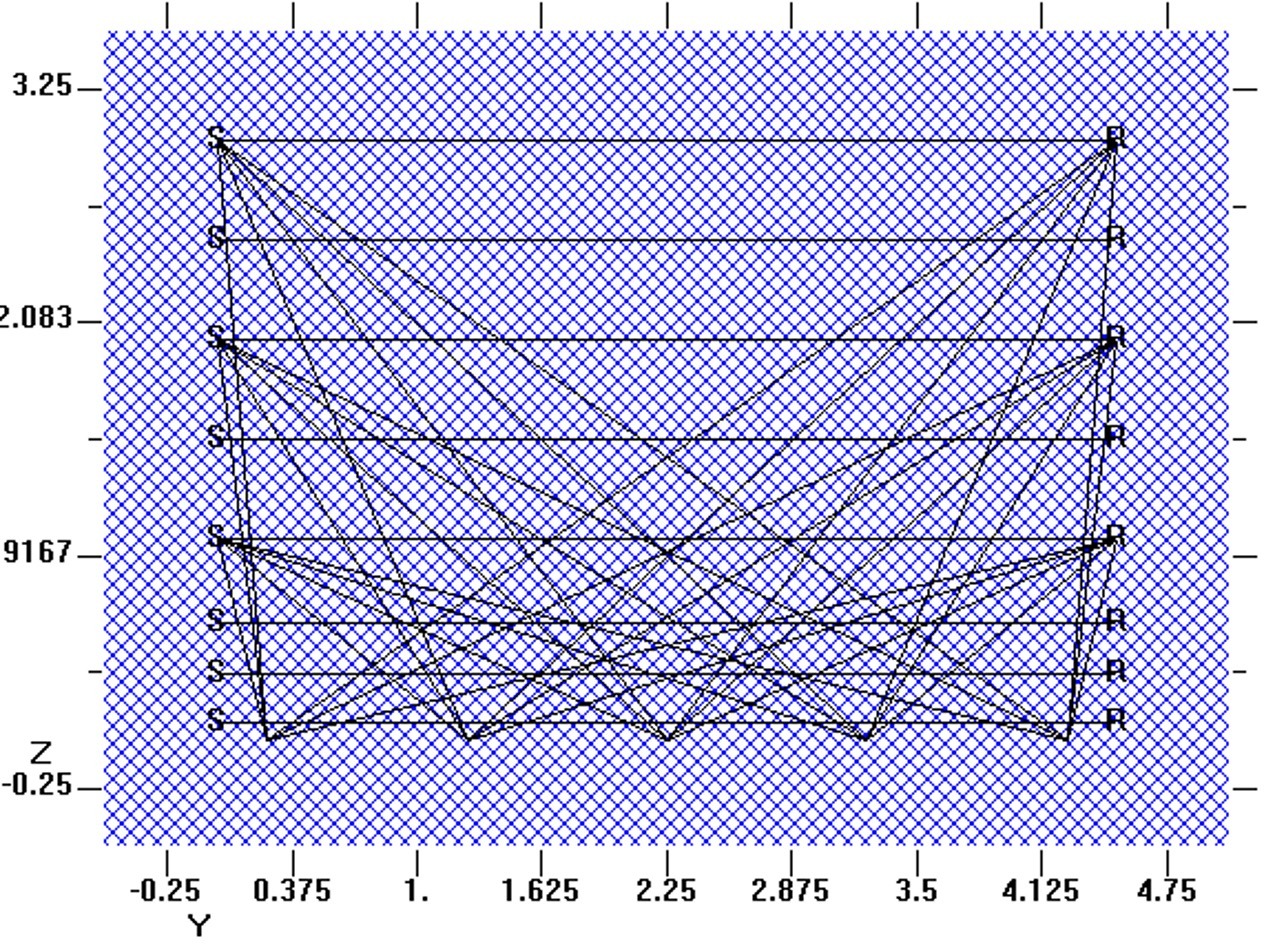

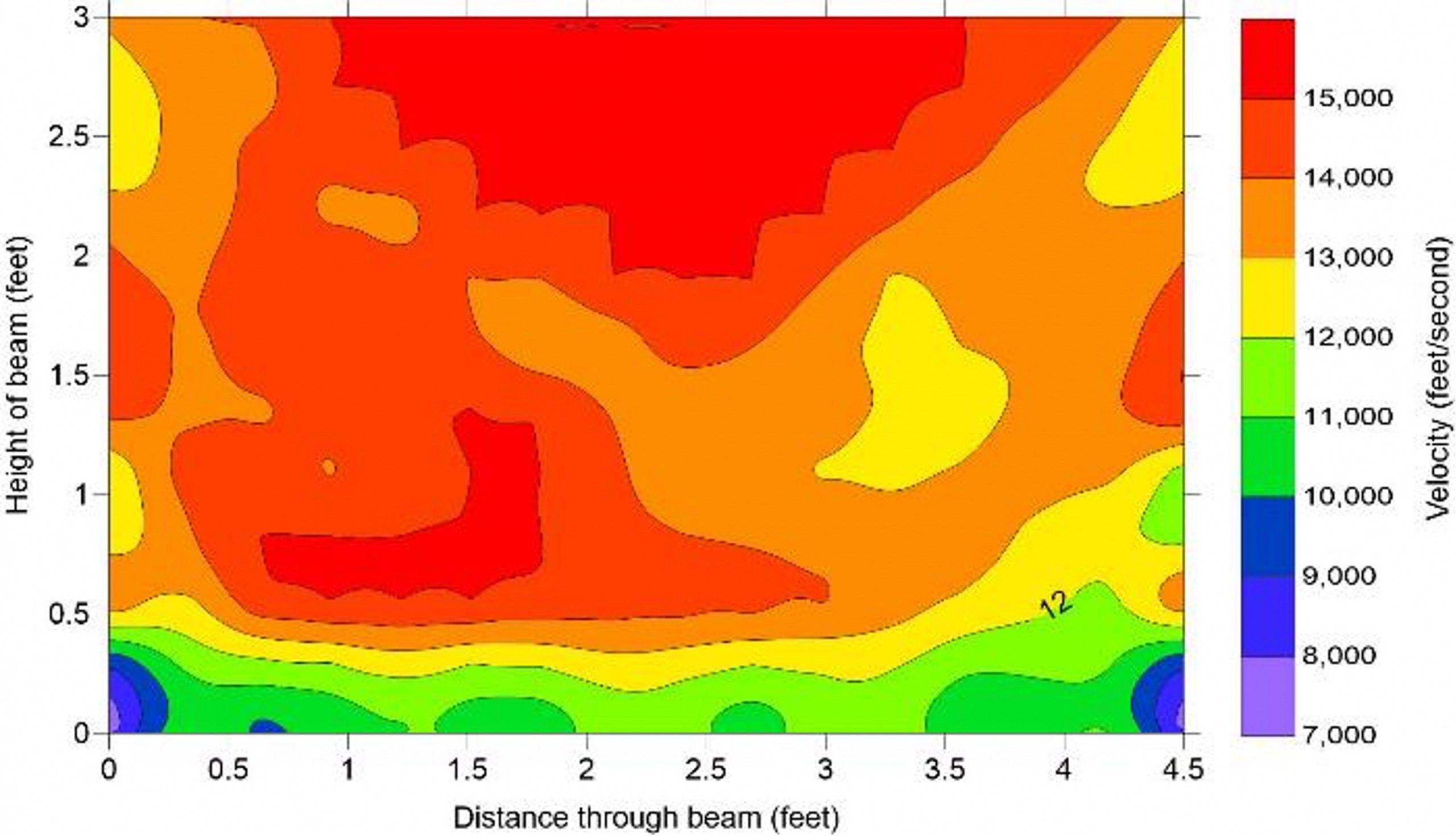
The UPV System
Quality Assurance
Determine the integrity of structural concrete
Diagnose Defects
Identify and map voids, honeycomb, cracks, delaminations, and other damage
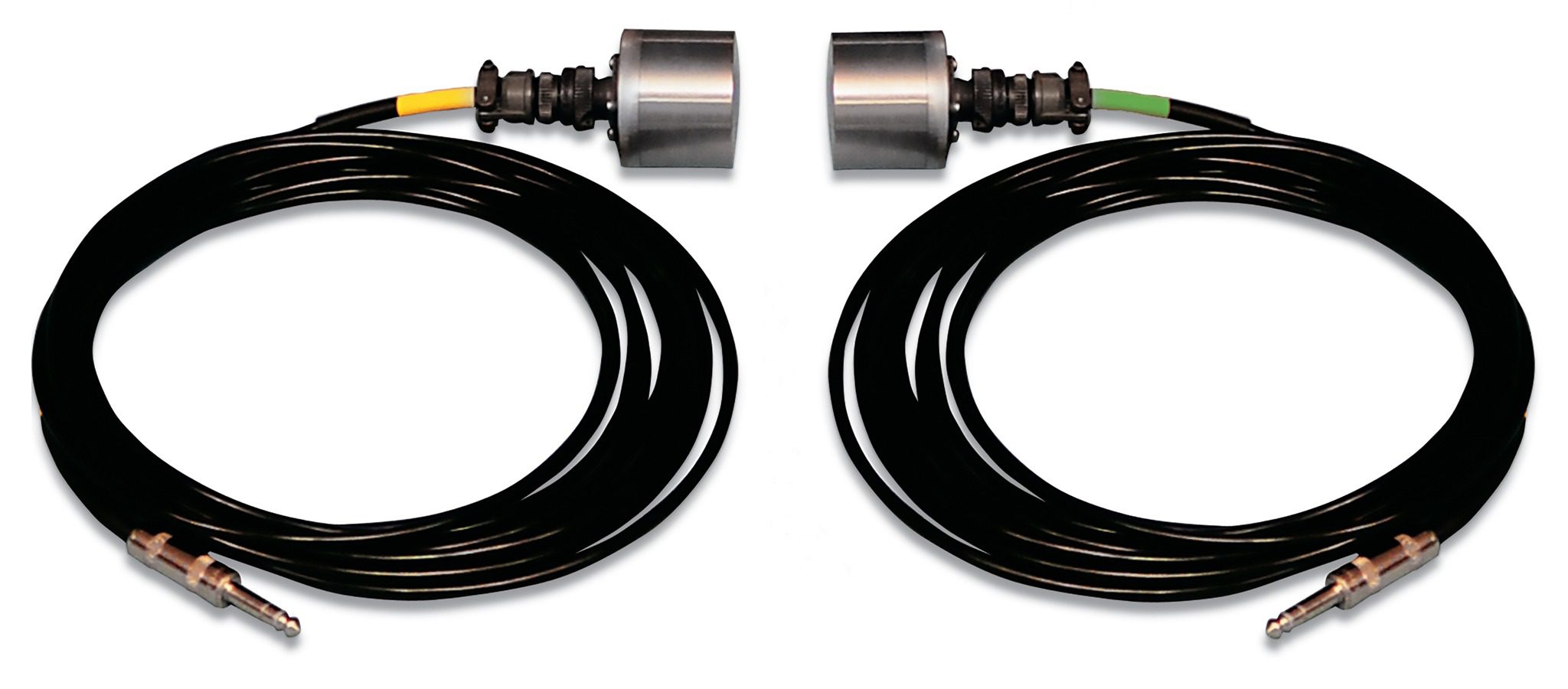
Testing Options
The two surfaces used for testing can either be a direct transmission, semi-direct transmission, or an indirect transmission
Test New Pours
The UPV system can predict the strength of early age concrete
Variety of Materials
Test on concrete, wood, masonry, stone, ceramics, and metal materials
UPV CASE STUDY
Structural, Pavement, & Tunnel Methods
Foundation Depth & Integrity Methods
Geophysical Methods
Seismic
Electrical Resistivity
Electromagnetics
Ground Penetrating Radar

